
They're called GAMBITS.
The word GAMBIT comes from an Italian word meaning, roughly, to trip someone up by their legs.
In a GAMBIT we SACRIFICE something, usually a pawn, at the start of the game.

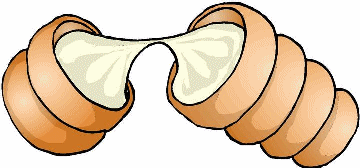
|
Here's our first GAMBIT. On your left you see a VERY DANGEROUS WEAPON. It's the DANISH GAMBIT!! Let's take a look at WHAT White's going to SACRIFICE, and WHY. 
|
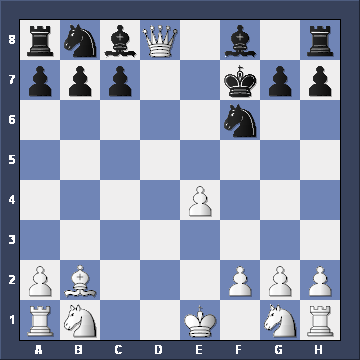
|
 




|
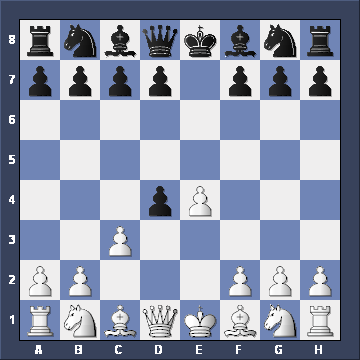
|
Returning to the position after White's 3rd move, c2-c3, rather than taking the pawns he can strike back in the center at once. Can you see how? (There was a clue earlier!) 




|

|
Bf8-c5 is one move Black might play. Tell me, if White played f4xe5 here how would Black reply?  




|
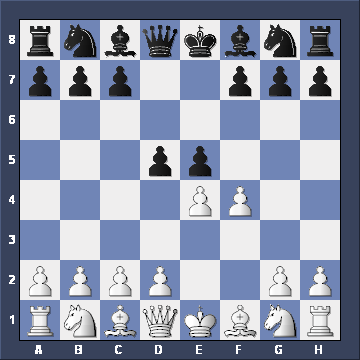
|
Another 2nd move for Black is d7-d5 (remember that one?), called the FALKBEER COUNTER-GAMBIT. Tell me kiddo, which pawn should White take now?  The d-pawn The d-pawn The e-pawn The e-pawn The frogspawn The frogspawn The toadspawn The toadspawn

|
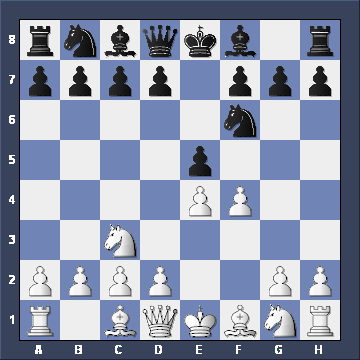
|
 




|

|
What's this opening called?  Danish Gambit Danish Gambit Finnish Gambit Finnish Gambit Swedish Gambit Swedish Gambit Norwegian Gambit Norwegian Gambit

|

|
 King's Gamble King's Gamble King's Gamelet King's Gamelet King's Gambon King's Gambon King's Gambit King's Gambit

|
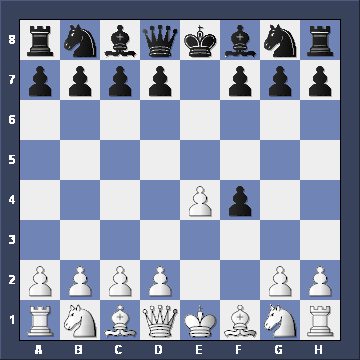
|
 d7-d5 d7-d5
 Bf8-c5 Bf8-c5 Ng8-f6 Ng8-f6
 g7-g5 g7-g5

|

|
 Vienna Game Vienna Game Venice Game Venice Game Venezuela Game Venezuela Game Victoria Game Victoria Game

|

|
 Jones Gambit Jones Gambit Davies Gambit Davies Gambit Evans Gambit Evans Gambit Williams Gambit Williams Gambit

|

|
|